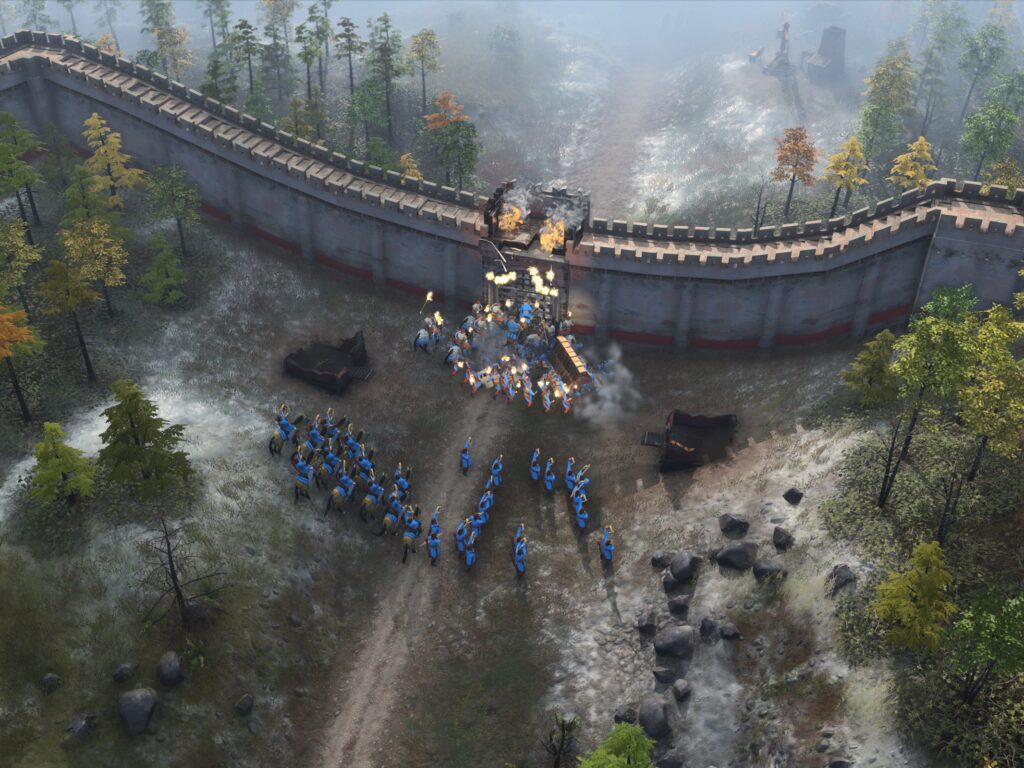Game development and game design are crucial aspects of a successful game. GameMaker Studio 2 is a platform that caters to both beginners and professionals, offering users the ability to create games for multiple platforms, such as Xbox, Playstation, and Nintendo Switch. GameMaker Studio 2 bridges the gap between game development and game design by using a visual scripting system that allows game designers to create game mechanics and behaviors using a drag-and-drop interface. This platform also allows for greater collaboration between game designers and programmers, resulting in efficient and flexible game development processes. GameMaker Studio 2 is a powerful tool for creating engaging and enjoyable games.
Introduction
Game development and game design are two distinct but equally important aspects of creating a successful game. Game development is the technical process of creating a game, while game design is the creative process of designing the gameplay, levels, characters, and overall experience. In recent years, there has been a growing need to bridge the gap between game development and game design, and GameMaker Studio 2 has emerged as a powerful tool for doing just that.
What is GameMaker Studio 2?
GameMaker Studio 2 is a game development tool designed for both beginners and professionals. It allows users to create games for a variety of platforms, including Windows, Mac, iOS, Android, Xbox, PlayStation, and Nintendo Switch. With GameMaker Studio 2, users can create games using a drag-and-drop interface or by writing code in its proprietary scripting language, GML.
How Does GameMaker Studio 2 Bridge the Gap?
One of the key ways in which GameMaker Studio 2 bridges the gap between game development and game design is through its visual scripting system. With this system, users can create game mechanics and behaviors using a simple drag-and-drop interface, without needing to write any code. This allows game designers to easily implement their ideas without needing to rely on programmers to bring those ideas to life.
For example, a game designer may want to create a power-up that doubles the player’s speed for a limited time. With the visual scripting system, they can simply drag and drop the appropriate actions and conditions to create this effect, without needing to write any code.
The Importance of Collaboration
Another way in which GameMaker Studio 2 bridges the gap between game development and game design is by promoting collaboration between team members. With GameMaker Studio 2, game designers and programmers can work together seamlessly, with the visual scripting system allowing game designers to create gameplay mechanics and behaviors that programmers can then integrate into the game’s code.
This collaborative approach allows for more efficient development processes, with both game designers and programmers able to focus on their respective strengths. It also allows for greater flexibility in the development process, with game designers able to make changes and adjustments to the game’s mechanics and behaviors even after programming has begun.
Conclusion
Game development and game design are two critical aspects of creating a successful game, and GameMaker Studio 2 has emerged as a powerful tool for bridging the gap between these two disciplines. With its visual scripting system and focus on collaboration between team members, GameMaker Studio 2 allows for efficient and flexible game development processes that result in engaging and enjoyable games.
